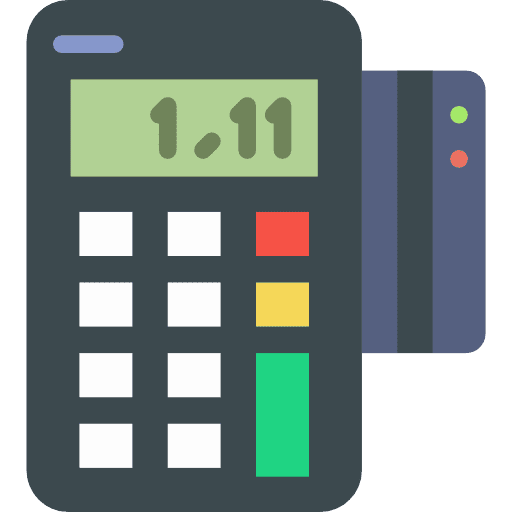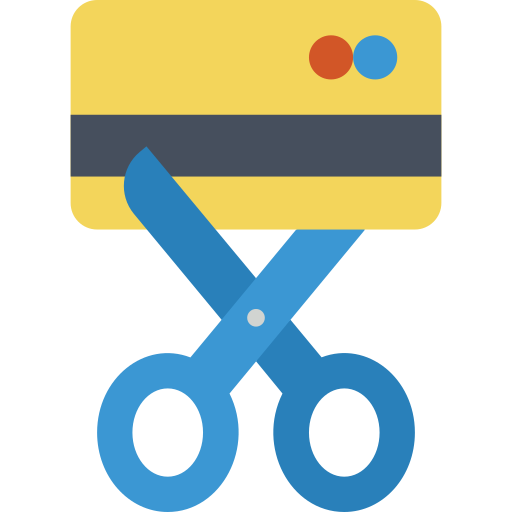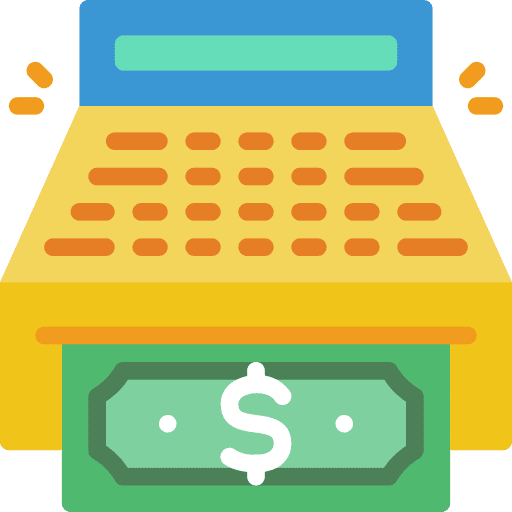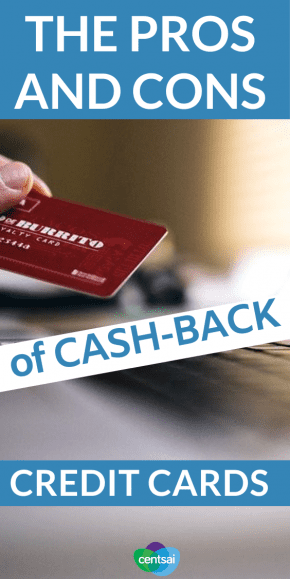What if your life could become 1 to 5 percent cheaper, without fussing with coupons or endlessly chasing sales? Many people cut back on their bottom line by using cash-back credit cards, which give you back a small percentage of your money with each purchase.
But how much do they really help? Do they actually help you save money, or do you just end up spending more? Let’s examine the pros and cons of cash-back credit cards.
 How Do Cash-Back Cards Work?
How Do Cash-Back Cards Work?
In most cases, you’ll need good or excellent credit to qualify for most cash-back credit cards. There is a range of options to choose from, and some are more complex than others in terms of what purchases qualify for cash back.
Most cash-back cards offer a base level of cash back — usually 1 to 2 percent of all purchases.
Some even raise the bar higher, offering up to 5 percent cash-back rewards on certain categories such as groceries, gas, or dining out.
Your money comes back to you in one of two ways after you’ve paid your monthly balance: as a statement credit against future purchases or as a physical check.
It’s important to familiarize yourself with the details of how your rewards system works. It’s boring, I know, but it’s the only way you can maximize your hard returns — and ensure you don’t spend your well-earned cash in a way that can’t be redeemed for money back.
 The Cons of Cash-Back Credit Cards
The Cons of Cash-Back Credit Cards
By the nature of having a credit card—whether or not it comes with rewards — you’re more likely to rack up charges.
Swiping a card just doesn’t have the same feel as handing over cold, hard cash. With cash-back credit cards, it gets even worse.
People can easily go out-of-control with their spending by viewing each potential purchase as a rewards-earning opportunity not to be missed. They start to view their spending in terms of cash back solely — while ignoring all the cash that’s going out from their credit line.
“Some people will view failing to make the purchase the same as losing that money,” says financial expert Peter Neeves. “They completely forego any cognitive evaluation of the future consequences of the impulse decision.”
 The Pros of Cash-Back Credit Cards
The Pros of Cash-Back Credit Cards
Even with the drawbacks, cash-back credit cards can be a powerful tool — so long as you’re responsible for using them. Andrew Fiebert of the Listen Money Matters podcast knows all about this — he funnels virtually all of his non-mortgage spending through his cash-back credit card and pays off the balance each month.
Yes, you technically could use those cash-back rewards to buy a Mystery Science Theater 3000 DVD box set, but it’s probably a better idea to use that money to get ahead.
Fiebert considers his cash-back rewards to be “found money” that isn’t accounted for in his budget, so it goes straight into an investment account along with all other non-planned money, like work bonuses. Each monthly deposit of $85 to $120 is a seed that will grow into a tree, and he intends to plant an entire forest over time.
How to Use Cash-Back Credit Cards the Right Way
Using a cash-back credit card doesn’t have to burn you. They can be effective ways to earn extra money if you follow this simple, three-step approach:
 1. Find a Good Credit Card That Will Work for You
1. Find a Good Credit Card That Will Work for You
First, search for a credit card whose cash-back rewards match your spending patterns.
Have a large, hungry family? Find one that offers more cash back on groceries. Drive a lot for your job? Check for one that offers more money back on gas. If you have pretty even spending all-around, then opt for a simple flat-rate cash-back credit card.
 2. Always Pay Your Bill in Full at the End of Each Month
2. Always Pay Your Bill in Full at the End of Each Month
Cash-back credit cards are worse than worthless if you’re keeping a balance on them. They’ll end up costing you money. Each month, you’ll pay interest charges on that balance; plus with the average credit card APR being between 15 and 17 percent, you’ll lose out on the benefits of your spending rewards.
Credit card companies are banking on your weakness being racking up a balance. Don’t be weak and feed the fat-cat bankers.
 3. Don’t Buy Things You Wouldn’t Otherwise Have Bought With Cash
3. Don’t Buy Things You Wouldn’t Otherwise Have Bought With Cash
The key to profiting from cash-back credit cards is not to use them for frivolous or unnecessary purchases. Only use them on normal, everyday purchases that you can afford and avoid carrying that balance.
“You don’t build wealth buying things you don’t need. It’s a bit of twisted irony — the most cash back goes to those who need it the least,” says Fiebert. By applying salient, restrained spending (and perhaps re-investing the cash you receive as a reward), you’ll break from the pack and maximize your card’s benefits.






Pingback : Amazon Prime vs. Costco: Who Has the Best Prices? | CentSai
Pingback : How Much Do You Really Know About Credit Card Reward Points? | CentSai
Pingback : Credit Card Rewards: Are You Wasting Your Points? | CentSai
Pingback : Cost of Being a Bridesmaid: What If It’s Too Much? | CentSai
Pingback : The 6 Greatest Credit Myths — Debunked | CentSai